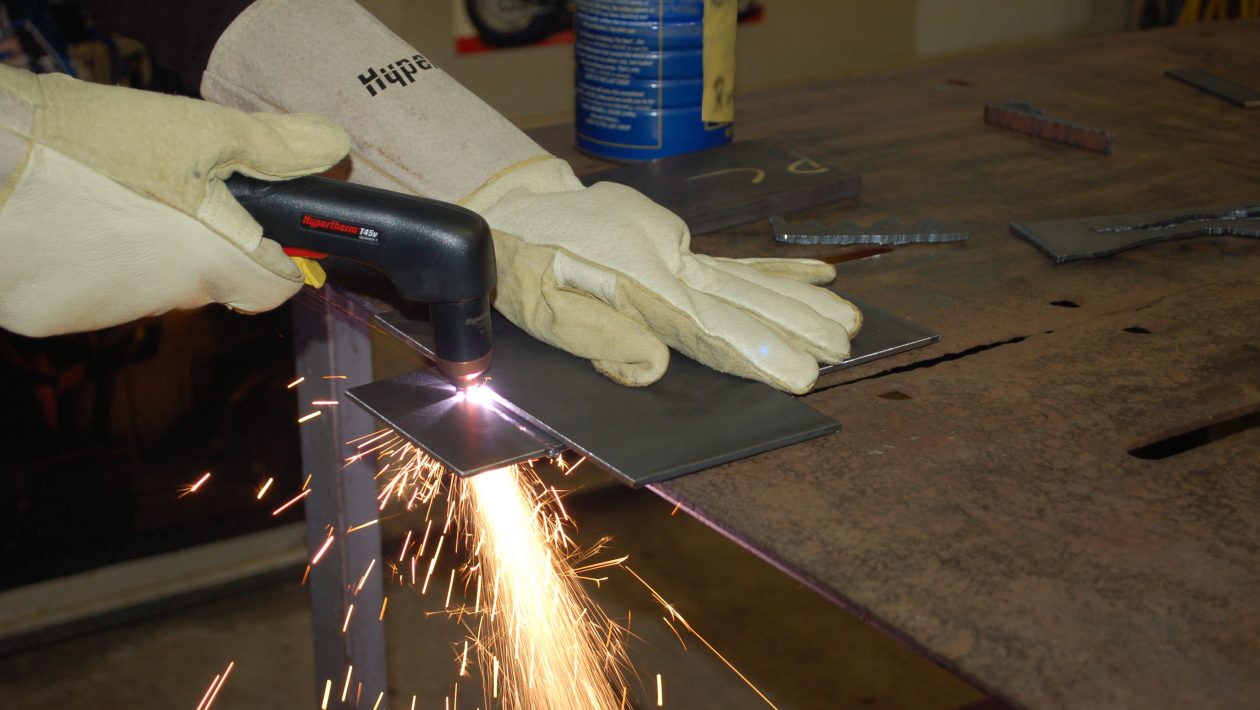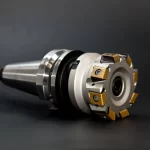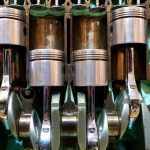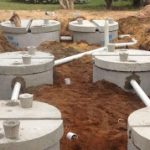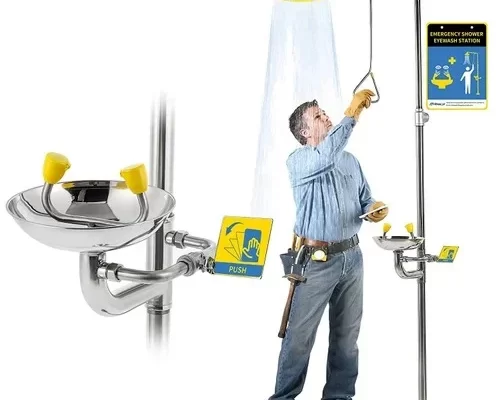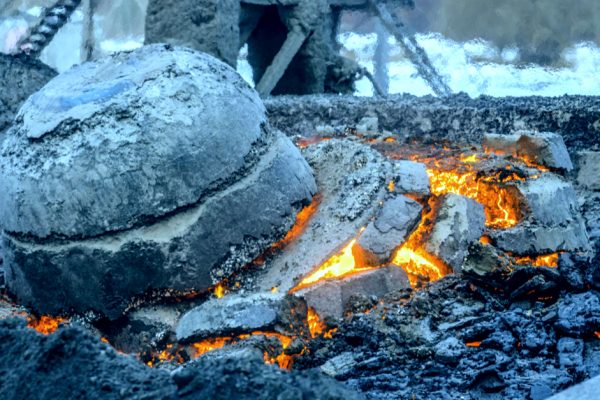https://commons.wikimedia.org/wiki/File:Yokota_plasma_cutter.jpg
I. What kind of metals can you slash with a plasma cutter?
Before you buy a plasma cutter, you must know the metals it could cut off out. Simply put, the plasma cutter is a device that dismisses at different electrically conductive materials.
It, therefore, ensures that a plasma cutter will cut metals such as aluminum, alloy, steel, stainless steel, and some other conductive material.
II. How to break metal with a plasma cutter?
https://commons.wikimedia.org/wiki/File:Plasma_Cutter.jpg
1) Groundwork
Before you begin making use of a plasma cutter, make sure you wear eye protection and shielding clothes.
Moreover, look at every consumable such as the gas baffle, nozzle, and the electrode. These parts may wear it out in use; thus, where necessary, make a replacement.
Furthermore, have a peek at every toaster like the gas flow, nozzle, and additionally the electrode. These parts might wear out if out in usage where necessary, make an upgraded.
2) Step-by-step Guide
Step 1: Always make sure the working the location is tidy
This means removing of dust or debris. Struggling to do so the fan will absorb those elements, which could lead to severe damage to your plasma cutter.
Step 2: Work surface must be steady
As using a plasma cutter is dangerous, you need to guarantee the working surface is steady. For example, you can use some metal locks to shelter the metal that you need to cut.
Step 3: Plug-in your plasma cutter
Before you plug in the device, make sure its switched-off.
Step 4: Fix the air compressor.
Plasma cutters do not arrive with air compressors. In such a case, you should correct an external compressor to your tool.
Step 5: Switch on the air compressor.
After linking the compressor, power it on.
Step 6: Fit the ground lock.
As a constituent of a plasma cutter, the ground lock is very vital. It guards the operator and plasma cutter itself.
Fit the lock undoubtedly close to the segment you need to cut.
Step 7: Switch on the plasma cutter.
When you attach the solder, another thing is to modify the plasma. The on and off switch can be found at the rear of the system. Flip the switch
Step 8: Set-up the amperage
You must set the amperage to the maximum.
Step 9: Cut your anticipated metal
Before you cut, make sure the jet end is on the brink of your base metal. To start the curve, you should push the trigger. Curve over to mildly move the cutter over the metal. Use the guide near the jet if you have some patterns.
Step 10: Turn off the machine
Once you are done with metal cutting, turn-off the machine.
Step 11: Detach the ground lock.
Apart from turning off the appliance, you should detach the ground lock also.
Step 12: Turn off the air compressor
Rotate the pedal at 90-degrees to turn the air off.
Step 13: Let the cutter to cool down before you wind up the tubes.
The moment you turn off the air, give the cutter some time. The post-flow air may take approximately 20 to 30 seconds when you release the trigger.
The moment the torch has cool down, wind up the tubes. Then twist up your ground line, airline and plasma cutter.
3) Guidelines
For breaking the curve, corner, and beveling, a lengthy angle is perfect. Such a tip projects at least half or one inch more than the absorbent cup.
Therefore the operator can spread into corners as they can direct how the plasma cutter moves.
For anybody whose hands are not stable enough, they must use circle wounding guides and roller guides. The guides will grip the cutter in places to have a constant standoff height.
If you want to eliminate defective or old joints, a gouging tip is perfect. The gouging tip has a hole that is 3 to 4 times wider than the regular tip.
Also, it is cone shaped. Thus, it can push out a plasma arc to eliminate as much material as likely.
III. FAQs
Q. Can I break stainless steel with a plasma cutter?
A. Yes.
Q. What temperature does a plasma cutter cut at?
A. A plasma system cuts at temperatures beginning with 16,650 degrees Celsius to significantly more than 20,000 degrees Celsius. The temperature is sufficient to melt all those metal you would like cutting through or into it.
Q. Can a plasma cutter break aluminum?
A. Yes.
Q. Is plasma cutting fumes hazardous?
A. Indeed, plasma cutting fumes are hazardous; and these are some of the explanations.
Hexavalent chromium is a composite formed when any metal warms at high temperatures. When gasped, the composite can raise the probabilities of getting diagnosed with cancer such as lung cancer.
Additionally, the compound can lead to skin wounds and annoyance if it comes into interaction with naked skin.
Additionally, other metals like aluminum, titanium, and iron can annoy your gullet, nose, and eyes. Some like manganese and lead can harm your brain and nerves.
Author Bio
Coast to Coast Carports is an operated business form the 20-year in the steel structures industry. Our mission has always been Quality, honesty, and Experience. As we have grown-up to turn into one of the major Carports, Garages, and Metal Building providers in America, the one thing which stands factual after all these years is our constant commitment to our clients.

